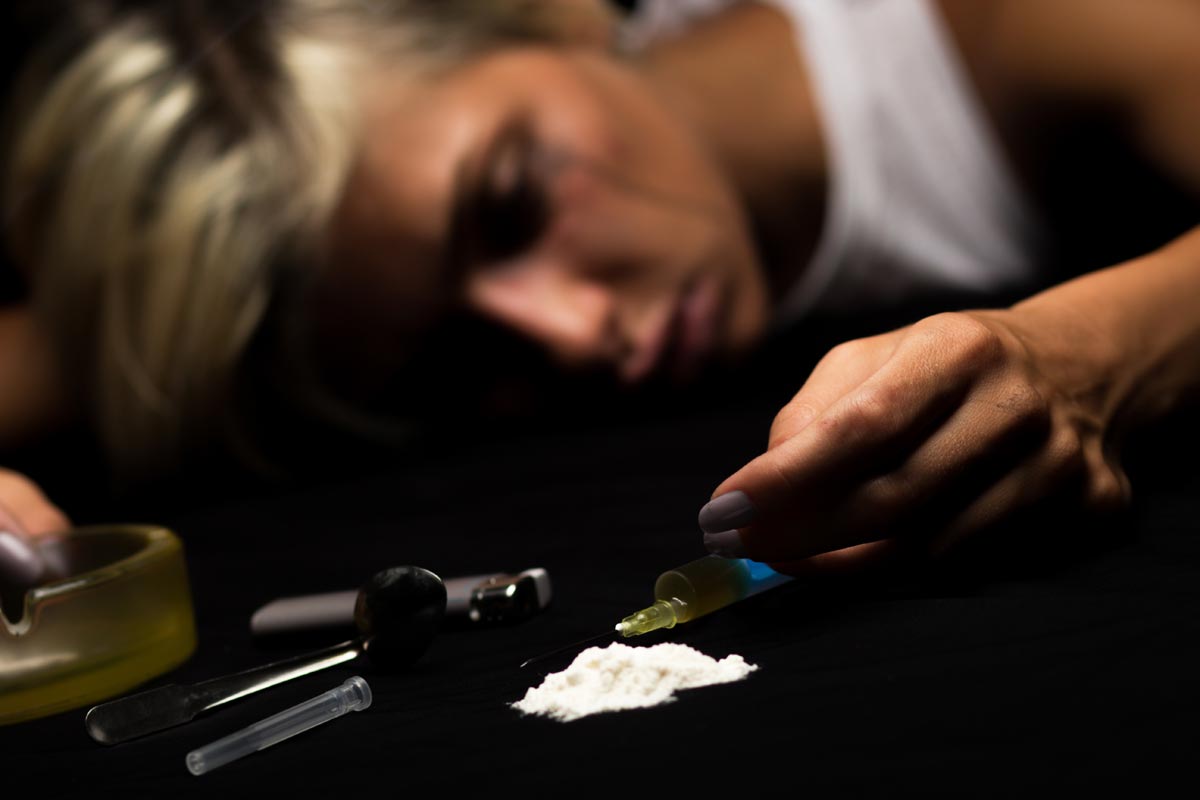
In the 21st Century those of us living in America expect to live robust lives. Far longer than once thought possible, thanks to advances in medicine and a better understanding of healthy living. Fewer Americans smoke cigarettes across most demographics. And when people are diagnosed with certain forms of cancer the prospects for recovery are at times good. While average life expectancy has been steadily increasing over the decades, one variable has been tipping the scale—overdose death. Specifically, opioid overdose death.
It won’t come as a surprise to learn that American’s relationship with opioids has been approaching critical mass. We have steadily seen the number of premature deaths rise to greater heights with each passing
year. There were more deaths in 2016 than in 2015, and overdose deaths are expected to surpass last year, in 2017. Overdose death is now the leading cause of premature death in America. And, believe it or not, these deaths are impacting figures on average life expectancy – for the worse. A new study published in the Journal of the American Medical Association shed some light on this subject. The researchers found that our life expectancy increased overall, from nearly 77 years to 79 years, between 2000 and 2015. However, the nearly two-decade spate of overdose deaths trimmed that expectancy by 2.5 months, HeathDay reports. Dr. Deborah Dowell from the Center for Disease Control and Prevention’s (CDC) Division of Unintentional Injury Prevention points out drug overdoses have more than doubled. With opioid overdose cases, more than tripled during the same time.
Reducing Overdose Death
“[U.S.] life expectancy is now lower than in most high-income countries,” said lead researcher Dowell, noting this as the is first decrease since 1993 at the height of the AIDS epidemic.
Studies like these don’t do much to save lives, but they do give society some perspective. With over 50,000 Americans dying from overdose every year, action is desperately needed. Failure to address this epidemic with greater urgency will result in greater death tolls with each subsequent year. Perhaps what is most troubling about all of this is the fact that treatment works, and recovery is possible. Yet, the majority of the more than 2 million opioid use disorder cases are never treated in any way.
What’s worse, doctors are often unable to read the writing on the wall when it comes to their patients. It’s no secret that physicians in the U.S. are only required to have minimal education in addiction and treatment. The majority of doctors are not even licensed to prescribed certain drugs that help opioid addicts strive for recovery. It is one thing to increase access to the overdose reversal drug naloxone. But, if overdose victims are not steered towards recovery, history is bound to repeat itself.
“There is an urgency to this problem,” said Dr. Adam Bisaga, a professor of psychiatry at Columbia University Medical Center in New York City. “The tragedy is, we have medication to treat opioid addiction. But death rates keep going up.”
Opioid Addiction Treatment
It doesn’t matter which form of opioid one uses, prescription painkillers or heroin. The risk of overdose and potential death is clear and present. To make matters worse, these are not easy drugs to abstain from due to the severity of withdrawal. However, as Dr. Bisaga points out, there are a number of meds that can help with withdrawal and treatment process. Dramatically increasing one’s ability to achieve long-term addiction recovery. If you are an adult male who has become dependent on opioids of any kind, please contact 10 Acre Ranch. We can help you find recovery.






